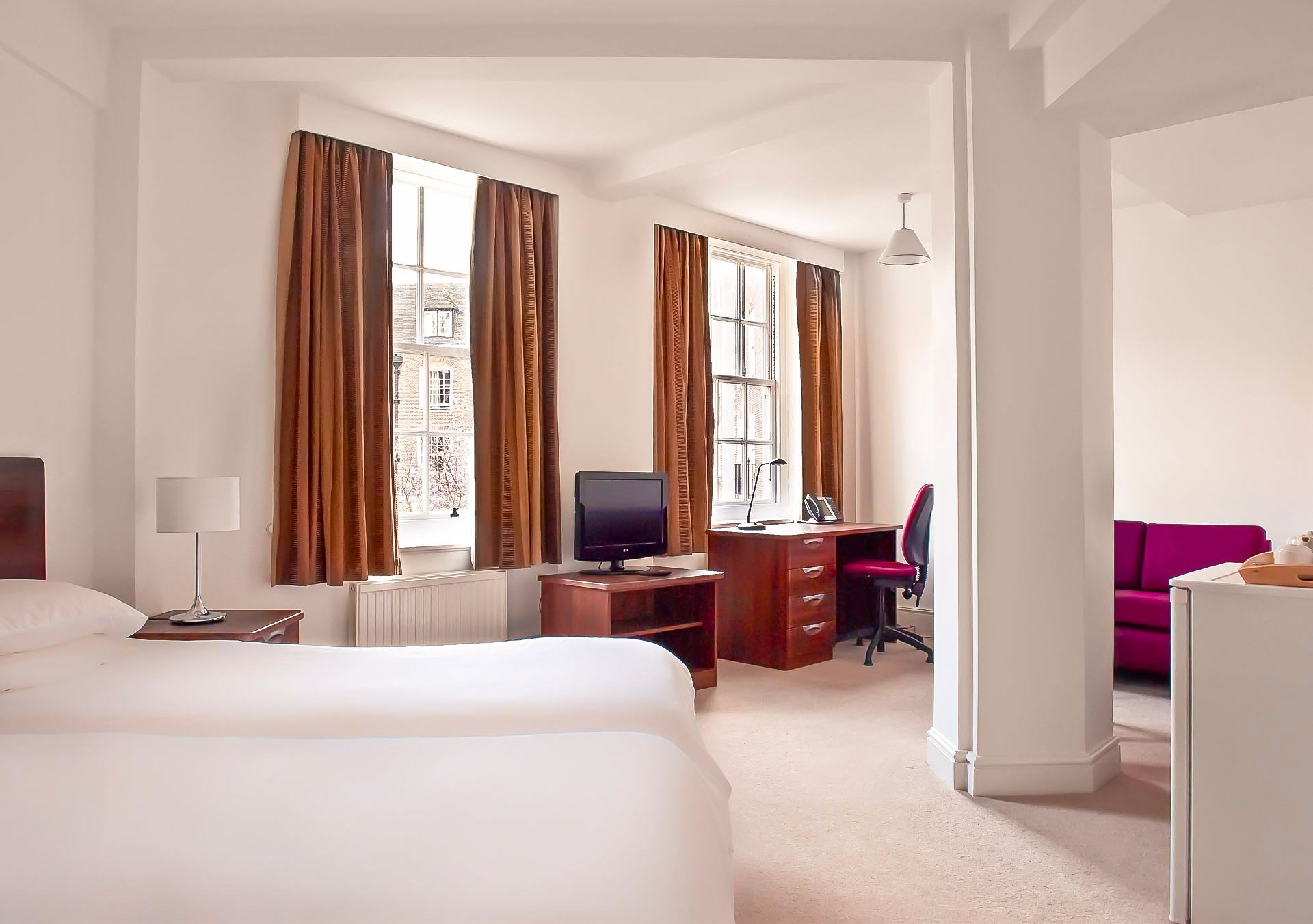York : la ville historique
Au moment de la conquête romaine de la Grande-Bretagne, la région autour de York était occupée par une tribu connue des Romains sous le nom de Brigantes. La zone tribale brigantienne est initialement devenue un État client de Rome, mais plus tard ses dirigeants sont devenus plus hostiles à Rome. En conséquence, la neuvième légion romaine fut envoyée au nord de la Humber sur le territoire brigantien.
La ville elle-même a été fondée en 71 après JC, lorsque la neuvième Légion a conquis les Brigantes et a construit une forteresse militaire en bois sur un terrain plat au-dessus de la rivière Ouse, près de son confluent avec la rivière Foss. La forteresse, reconstruite plus tard en pierre, couvrait une superficie de 50 acres et était habitée par 6 000 soldats. Le site de la forteresse romaine se trouve sous les fondations de la cathédrale d'York, et des fouilles dans les sous-sols de la cathédrale ont révélé certains des murs d'origine.
Lors de son séjour à York, l'empereur Sévère proclama York capitale de la province de Britannia Inférieure, et il est probable que ce fut lui qui accorda à York les privilèges d'une colonie ou d'une ville. Constance Ier mourut en 306 après JC lors de son séjour à York, et son fils Constantin le Grand fut proclamé empereur par les troupes basées dans la forteresse.
La première église Minster a été construite à York pour le baptême du roi Edwin de Northumbrie en 627. En 866, les Vikings ont attaqué et capturé York. Sous la domination viking, la ville est devenue un port fluvial majeur, faisant partie des vastes routes commerciales vikings à travers l’Europe du Nord. Le dernier souverain d'un Jórvík indépendant, Eric Bloodaxe, fut chassé de la ville en 954 par le roi Edred dans sa tentative réussie d'achever l'unification de l'Angleterre.
En 1068, deux ans après la conquête normande de l'Angleterre, les habitants d'York se sont rebellés, mais ont été réprimés par Guillaume le Conquérant. Il bâtit aussitôt deux forteresses en bois sur des mottes, encore visibles, de chaque côté de la rivière Ouse. La première église en pierre de la cathédrale a été gravement endommagée par un incendie lors du soulèvement et les Normands ont ensuite décidé de construire une nouvelle cathédrale sur un nouveau site. Vers 1080, l'archevêque Thomas commença la construction d'une cathédrale qui devint avec le temps l'actuelle cathédrale.
La ville a connu une période de déclin à l'époque Tudor et a été le théâtre d'âpres combats pendant la guerre civile des années 1640. Après la restauration de la monarchie en 1660 et le retrait de la garnison de York en 1688, la ville était dominée par la noblesse et les marchands locaux, même si le clergé était toujours important. Les nombreuses maisons de ville élégantes de York, telles que la Lord Mayor's Mansion House et la Fairfax House (maintenant propriété du York Civic Trust), datent de cette période, tout comme les Assembly Rooms et le Theatre Royal.
York : l'Université
L'Université de York a été créée en 1963 et s'est depuis étendue à plus de trente départements et centres, couvrant un large éventail de sujets. En 2003, elle a attiré le revenu de recherche par habitant le plus élevé de toutes les universités britanniques. L’université s’est bâtie en moins d’un demi-siècle une réputation qui la place parmi les 30 meilleures universités d’Europe. Lors du dernier exercice d'évaluation de la recherche en 2008, York a également été désignée comme la sixième meilleure institution de recherche du Royaume-Uni.
Créée comme une alternative à Oxford et Cambridge, l'université attire un corps étudiant d'horizons très divers, dont un grand nombre d'internationaux et un nombre relativement élevé d'étudiants des écoles publiques par rapport à des universités similaires comme celles de Bristol et de Bath, selon Le guide de l'université Times Good. Situé à l'est de la ville de York, le campus universitaire s'étend sur environ 200 acres et comprend le York Science Park et le National Science Learning Centre. Fière de sa faune, de ses lacs renommés sur le campus et de sa verdure, l'institution occupe également de grands bâtiments dans la ville historique de York. L'université comprend huit collèges, qui présentent des similitudes avec les collèges traditionnels des universités collégiales d'Oxford, Cambridge et Durham, qui proposent également des résidences universitaires aux étudiants, tous affectés à un collège. En mai 2007, l'université a obtenu l'autorisation de construire une extension de son campus principal, sur des terres arables juste à l'est du village voisin de Heslington. Le terrain a été retiré de la ceinture verte notamment dans le but d'agrandir l'université.
